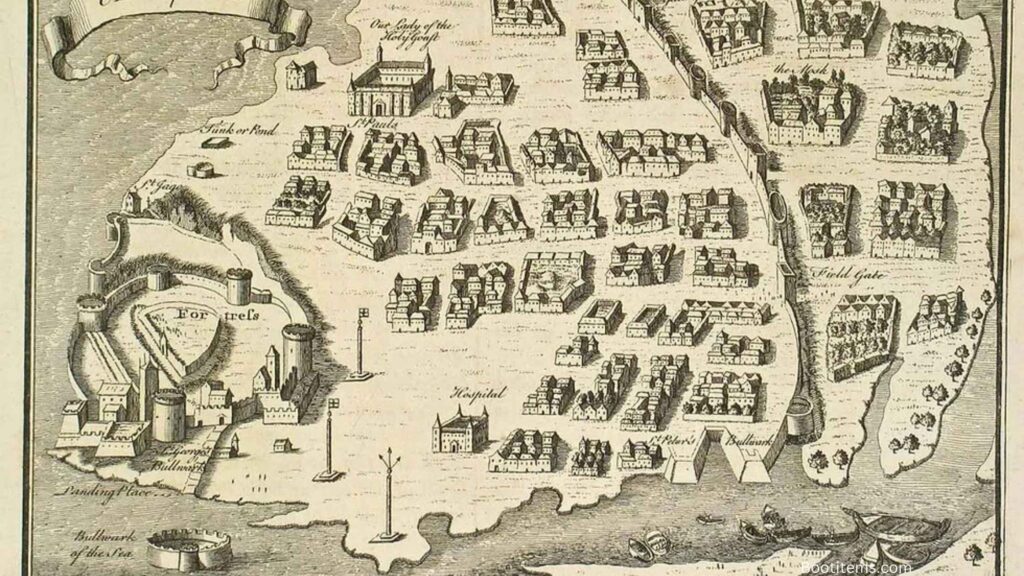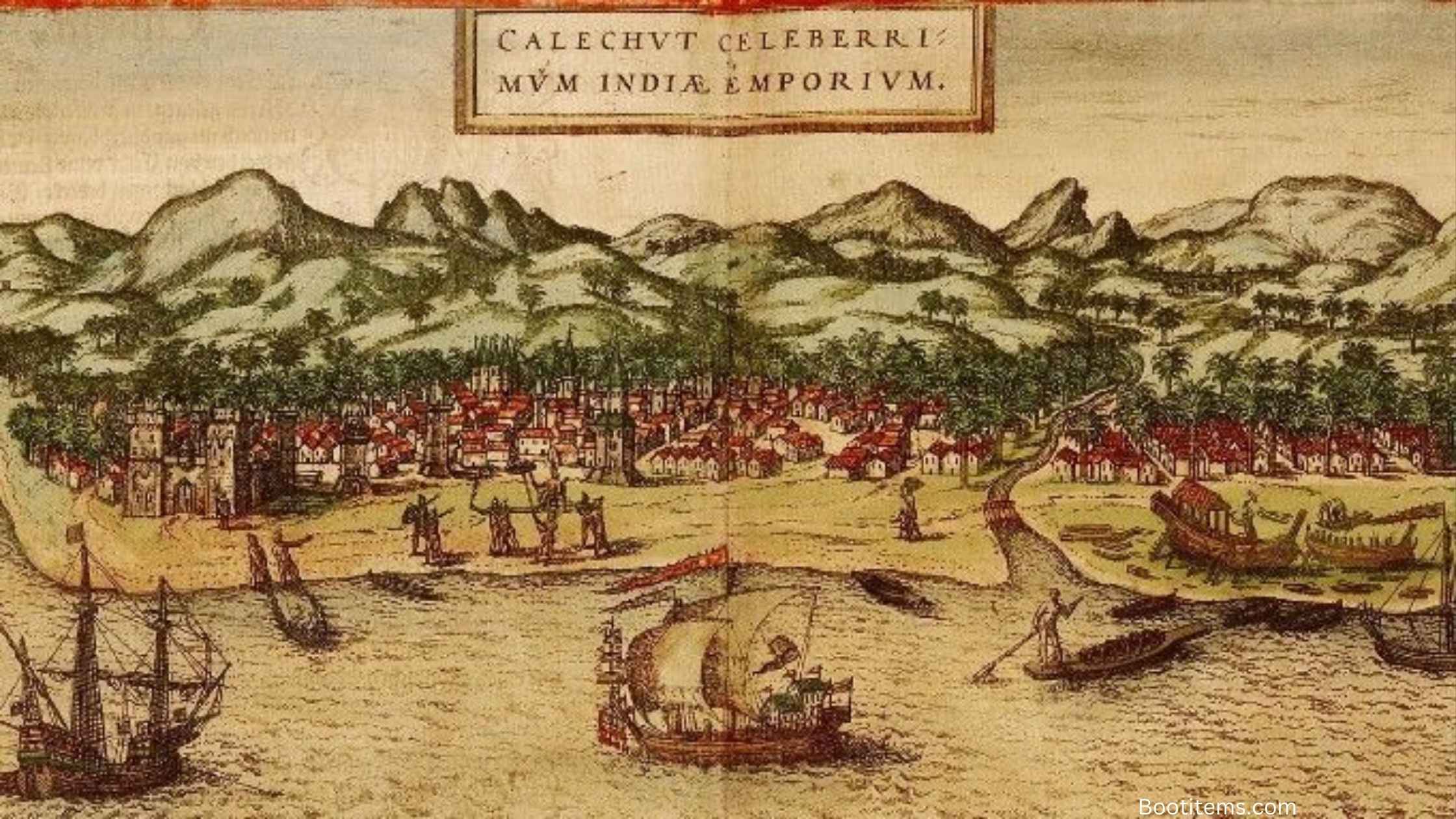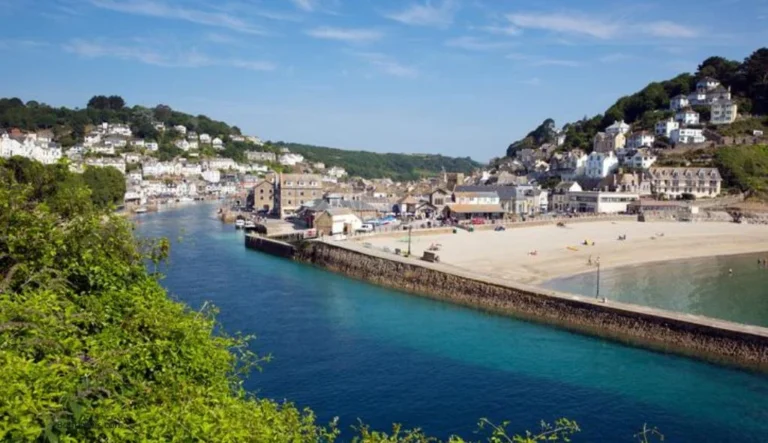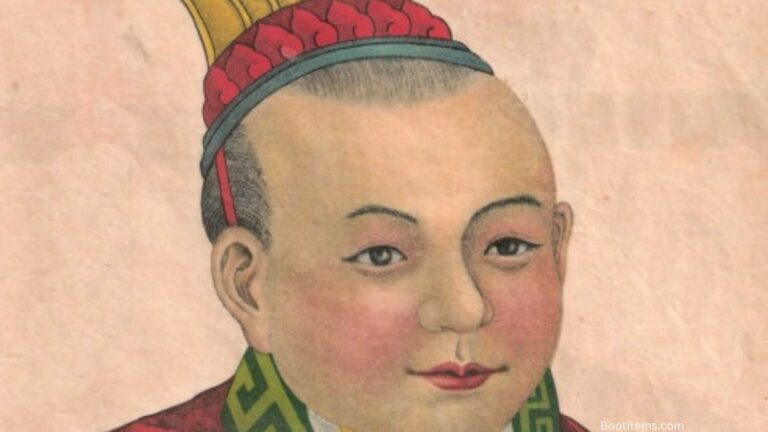The Battle of Diu 1509: Portuguese Naval Victory in India
The Battle of Diu in 1509 was a decisive naval battle fought between Portuguese naval forces and a combined fleet of Ottoman, Egyptian, and Gujarat ships off the coast of Diu, India. This crucial battle established Portuguese dominance over the Indian Ocean trade routes and marked the beginning of European naval supremacy in Asian waters.
Historical Background
The Spice Trade
In the early 16th century, the spice trade was the driving force behind international commerce. European nations, particularly Portugal, sought direct access to Indian spices, trying to bypass traditional Middle Eastern trade routes controlled by Arab merchants and the Venetians.
Portuguese Expansion
Under the leadership of ambitious rulers like King Manuel I, Portugal had been systematically exploring the African coast and establishing trading posts. After Vasco da Gama’s successful voyage to India in 1498, Portugal began establishing its presence in the Indian Ocean.
Rising Tensions
The growing Portuguese influence threatened the existing trade networks dominated by Arab merchants, the Mamluk Sultanate of Egypt, and local Indian rulers. This led to an unprecedented alliance between these powers to challenge Portuguese expansion.
The Opposing Forces
Portuguese Fleet
- Commander: Francisco de Almeida
- 18 ships (including caravels and carracks)
- Advanced naval artillery
- Experienced European sailors
- Superior naval tactics
Combined Enemy Fleet
- Commander: Amir Hussain Al-Kurdi
- Over 100 ships from Egyptian, Ottoman, and Gujarat forces
- Larger number of soldiers
- Mix of traditional and modern weapons
- Local knowledge of waters
The Battle Unfolds
Initial Confrontation
On February 3, 1509, the two fleets met near the port of Diu. Despite being heavily outnumbered, the Portuguese fleet maintained strict formation and discipline. Their superior naval artillery and tactical positioning gave them a significant advantage.
Portuguese Strategy
The Portuguese adopted a formation that maximized their ships’ firepower while protecting their vulnerable points. Their ships were equipped with heavy bronze cannons that could fire devastating broadsides at the enemy vessels.
The Fighting
- Phase 1: Long-range artillery exchange
- Phase 2: Close-quarter combat
- Phase 3: Boarding actions
- Phase 4: Enemy fleet dispersal
Turning Point
The battle’s turning point came when Portuguese cannons severely damaged several enemy flagship vessels. This created confusion and panic among the allied fleet, leading to a breakdown in their coordination.

Aftermath and Significance
Immediate Impact
- Complete Portuguese victory
- Destruction of enemy fleet
- Control of Indian Ocean trade routes
- Establishment of Portuguese supremacy
Long-term Consequences
- Secured Portuguese trading empire
- Changed naval warfare tactics
- Influenced regional politics
- Established European presence in Asia
Cultural and Historical Legacy
Military Innovation
The battle demonstrated the effectiveness of European naval technology and tactics, particularly the use of heavy ship-mounted artillery. This would influence naval warfare for centuries to come.
Economic Changes
The Portuguese victory secured their monopoly over the spice trade routes, leading to:
- New trade patterns
- Changed economic power balance
- Development of new trading posts
- Decline of traditional trade centers
Political Impact
The battle’s outcome affected multiple regions:
- Strengthened Portuguese presence in India
- Weakened Egyptian maritime power
- Changed local political alliances
- Influenced Ottoman naval strategy
War of Three Hundred and Thirty Five Years
Technology and Warfare
Naval Innovations
- Heavy bronze cannons
- New ship designs
- Improved navigation techniques
- Advanced military tactics
Military Organization
- Professional naval forces
- Standardized training
- Improved command structure
- Better logistics
Frequently Asked Questions
- When did the Battle of Diu take place? The Battle of Diu occurred on February 3, 1509, off the coast of Diu, India.
- Who won the Battle of Diu? The Portuguese forces under Francisco de Almeida achieved a decisive victory over the combined Ottoman-Egyptian-Gujarat fleet.
- Why was the Battle of Diu important? It established Portuguese naval dominance in the Indian Ocean and secured their control over valuable spice trade routes.
- How many ships were involved in the Battle of Diu? The Portuguese had 18 ships while the combined enemy fleet had over 100 vessels.
- Who led the Portuguese forces? Francisco de Almeida, the Portuguese Viceroy of India, commanded the Portuguese fleet.
- What weapons were used in the battle? The battle featured heavy naval artillery, traditional weapons, and early firearms from both sides.
- How long did the Battle of Diu last? The main battle lasted for one day, with intense fighting throughout February 3, 1509.
- What was the casualty count? Exact numbers are disputed, but the enemy fleet suffered significantly higher casualties than the Portuguese.
- Did the Battle of Diu have any lasting effects? Yes, it established European naval dominance in Asian waters and changed international trade patterns for centuries.
- What role did technology play in the battle? Portuguese superior naval artillery and ship design proved decisive in winning the battle.
Conclusion
The Battle of Diu stands as a pivotal moment in maritime history, marking the shift of power from traditional Asian and Middle Eastern traders to European naval forces. Its effects resonated far beyond the immediate military victory, influencing centuries of trade, politics, and naval warfare. The battle’s outcome shaped the course of colonial history and established patterns of maritime commerce that would last until the modern era.

Samantha Yates is a creative writer and journalist with expertise in content creation and editing. She holds an MA in Creative Writing and brings professional experience from Lionbridge, where she developed engaging content for leading technology companies







